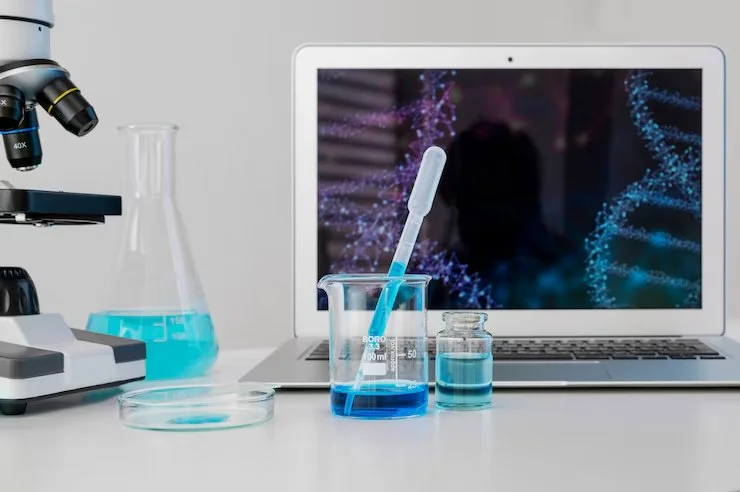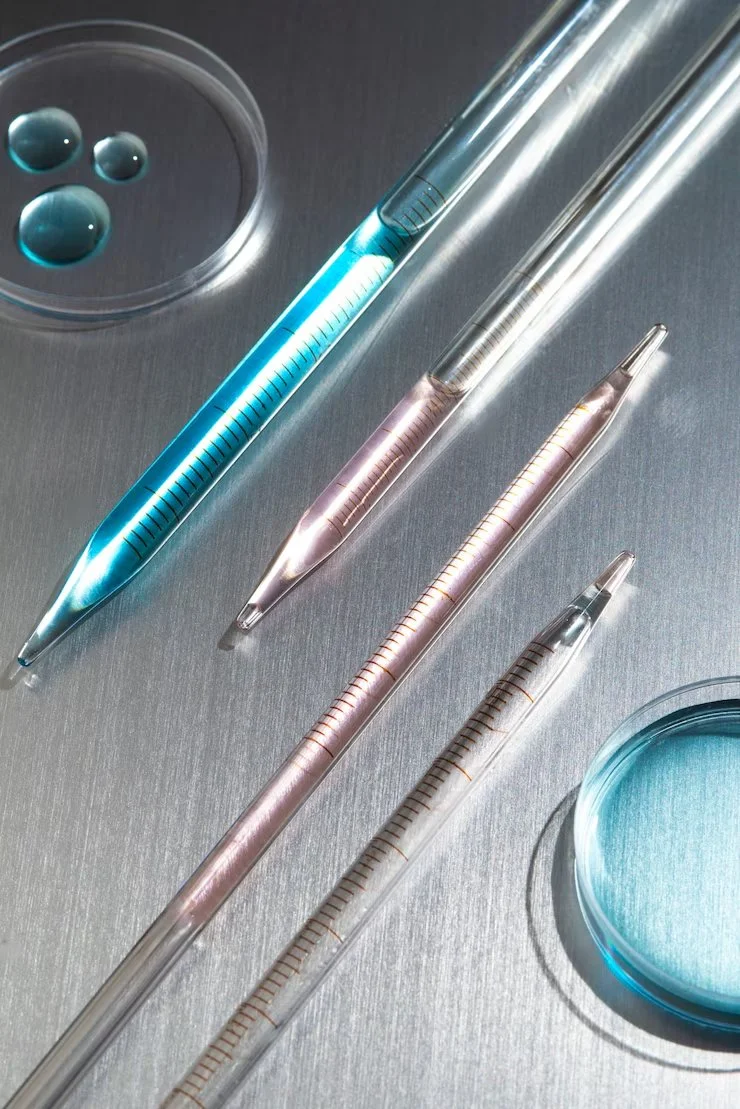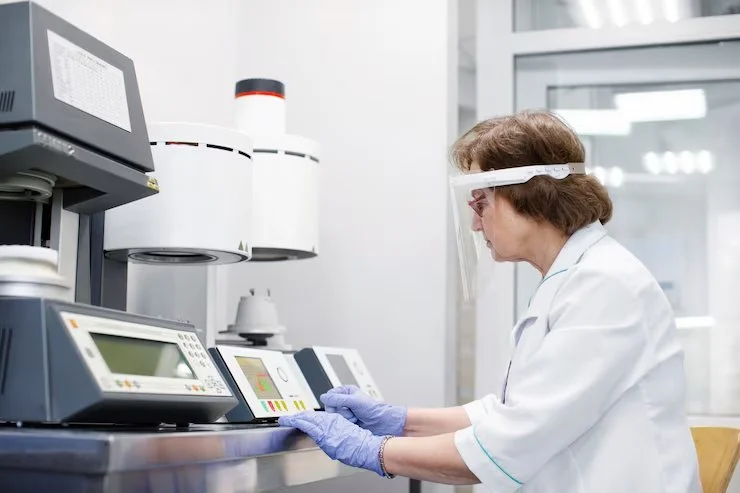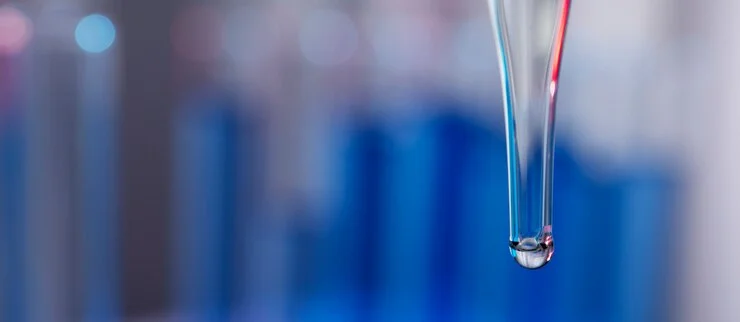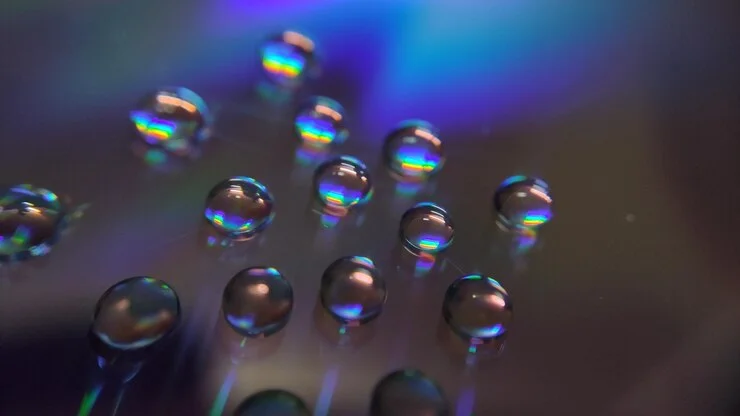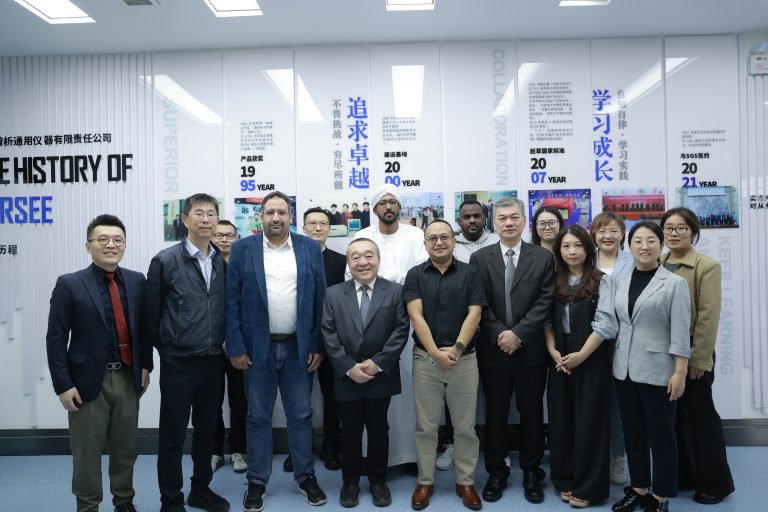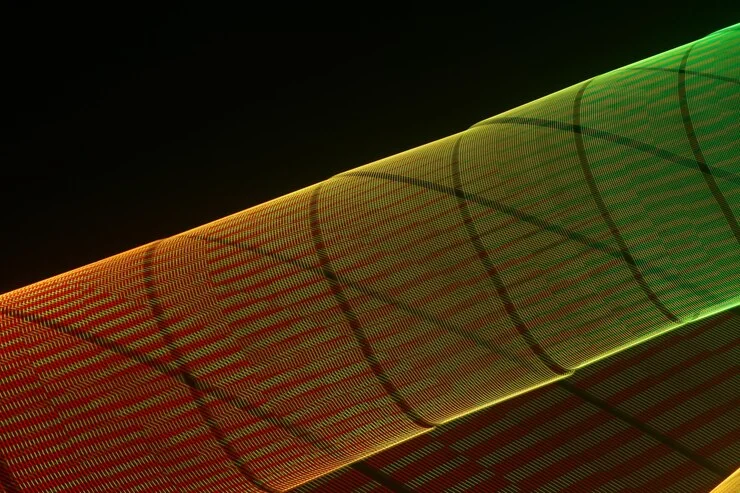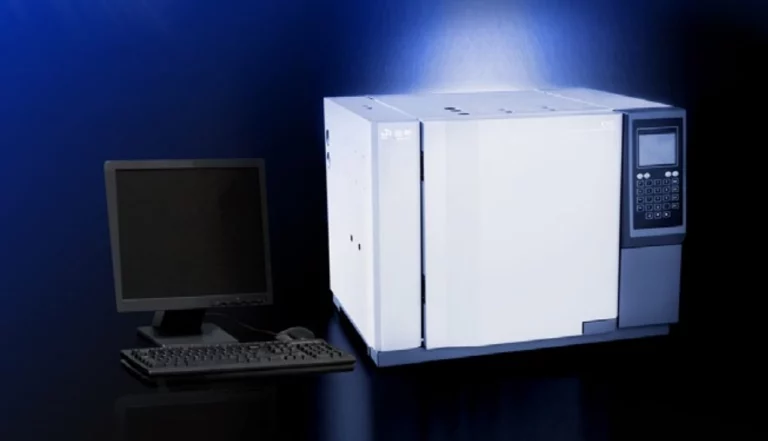High Performance Liquid Chromatography (HPLC) is a very useful scientific method. It helps study medicines, check food safety, and test the environment. This article explains HPLC in simple terms. It covers how it works, its parts, different kinds, and where it’s used. We’ll also share how our company makes great tools for this work.

The Basics of High Performance Liquid Chromatography
Definition and Purpose of HPLC
HPLC is a modern way to separate and study mixtures. It works better than older methods because it uses strong pressure. This makes it faster and more exact.
People use it for:
- Checking if medicines are pure
- Finding bad things in food
- Testing water and soil
Key Principles Behind HPLC
HPLC works with three main ideas:
- Moving Liquid: A special water-like liquid carries the sample.
- Special Tube: A small tube with special material inside catches different parts of the sample.
- Different Sticking: Some parts stick more to the tube than others, so they separate.
Historical Development of HPLC
Scientists made HPLC better in the 1960s. They added strong pumps and better tubes. Now, machines like our L600 HPLC work very fast and need little help from people.
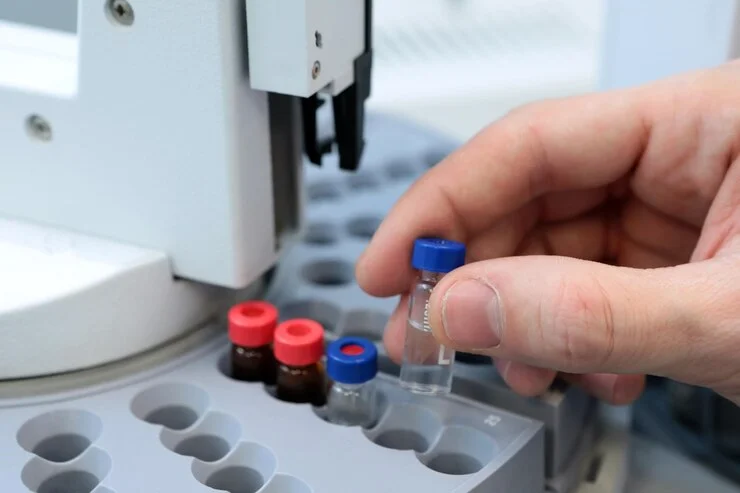
Components and Functionality of HPLC Systems
Main Components of an HPLC System
| Part | What It Does |
| Pump | Pushes liquid very hard (up to 6000 psi). |
| Tube | Separates the different parts of the sample. |
| Finder | Sees and measures the separated parts. |
Pumps and Their Role in HPLC
The pump keeps the liquid moving at the same speed. Our pumps work very smoothly.
Columns and Their Importance in Separation
The tube is the most important part. Most tubes have special carbon inside. But we make special tubes for hard jobs.
Detectors Used in HPLC Analysis
- Light Finder: Good for things that like light.
- Weight Finder: Very good for tiny amounts.
How HPLC Systems Operate
First, the sample goes in. Then, the parts separate in the tube. Finally, the machine sees and records the results.
Types of High Performance Liquid Chromatography
Normal Phase vs. Reverse Phase Chromatography
| Compare | Normal Way | Reverse Way |
| Tube Inside | Likes water | Doesn’t like water |
| Moving Liquid | Doesn’t like water | Likes water |
| Used For | Things that hate water | Medicines, body stuff |
Ion-Exchange Chromatography
Separates things by their electric charge. Good for proteins.
Size-Exclusion Chromatography
Sorts things by size. Works well for big molecules.
Applications of High Performance Liquid Chromatography
Use of HPLC in Medicine Making
- Checks how strong medicines are.
- Looks for bad stuff in medicines.
Role of HPLC in Food Checking
- Finds farm chemicals in food.
- Measures food additives.
Environmental Testing with HPLC
- Looks for oil in water.
- Finds medicine in rivers.
PERSEE: A Reliable Chromatography Supplier
Our company makes great machines for this work. We help scientists and factories get good results.
Overview of PERSEE’s Expertise
We have worked for many years. We offer:
- HPLC Machines: Like the L600 Series.
- Tubes and Parts: Made for different needs.
- Help Team: Always ready to answer questions.
Key Products and Innovations
See our chromatography tools for:
- Fast Machines: Work quicker with less liquid.
- Auto-loaders: Good for busy labs.
Conclusion
HPLC is very important today. It helps make safe medicines and clean food. Our tools make this work easier. Talk to us to learn more!
FAQs on High Performance Liquid Chromatography
What is HPLC mainly used for?
High-Performance Liquid Chromatography (HPLC) is a versatile and widely used analytical technique designed to separate, identify, and quantify components within complex mixtures. Its high sensitivity, precision, and adaptability make it indispensable across numerous scientific and industrial fields.In the pharmaceutical industry, HPLC is crucial for drug development and quality control. Additionally, HPLC supports pharmacokinetic studies by measuring drug concentrations in biological samples, aiding in understanding drug absorption, distribution, metabolism, and excretion.Environmental monitoring also relies heavily on HPLC. In the food and beverage industry, HPLC ensures product safety and quality by analyzing additives, preservatives, vitamins, and contaminants like mycotoxins and pesticide residues. In biotechnology and life sciences, HPLC plays a vital role in characterizing proteins, peptides, and nucleic acids, supporting research in drug discovery and molecular biology.
How are normal and reverse phase different?
Normal uses water-loving tubes with water-hating liquid. Reverse uses water-hating tubes with water-loving liquid.Normal-phase and reversed-phase HPLC differ primarily in the polarity of their stationary and mobile phases, influencing how compounds are separated. In normal-phase HPLC, a polar stationary phase (like silica) and a non-polar mobile phase (such as hexane or chloroform) are used. Here, polar compounds interact more strongly with the stationary phase and elute later, while non-polar compounds elute earlier. Conversely, reversed-phase HPLC employs a non-polar stationary phase (commonly C18-bonded silica) and a polar mobile phase (typically water mixed with methanol or acetonitrile). In this setup, non-polar compounds have stronger interactions with the stationary phase and elute later, whereas polar compounds elute sooner.
Reversed-phase HPLC is more widely used due to its versatility and compatibility with a broad range of analytes, especially in pharmaceutical and biochemical applications.
Who uses HPLC the most?
Pharmaceutical and biotechnology companies are the primary users of High-Performance Liquid Chromatography (HPLC), accounting for approximately 42% of the global market share as of 2024. These industries rely on HPLC for critical applications such as drug development, quality control, and the analysis of complex biological samples. HPLC’s precision and sensitivity make it indispensable for ensuring the safety and efficacy of pharmaceutical products. Beyond these sectors, HPLC is also extensively utilized in clinical diagnostics, food and beverage testing, environmental monitoring, and academic research, reflecting its versatility across various scientific and industrial fields.

